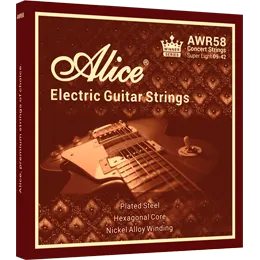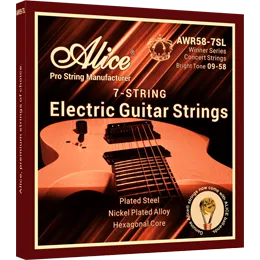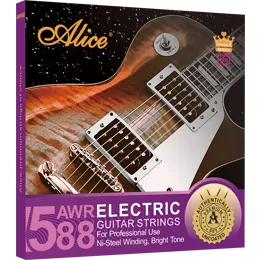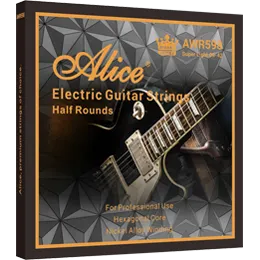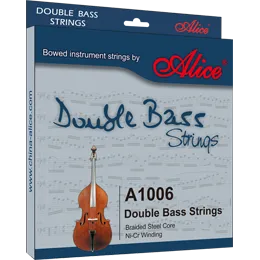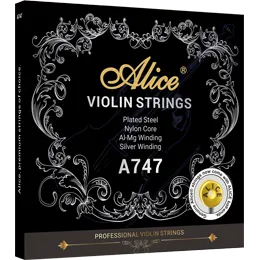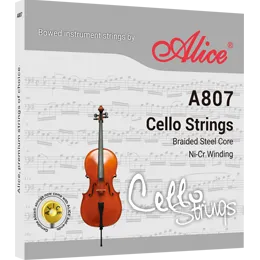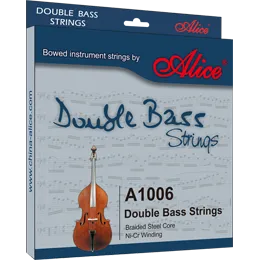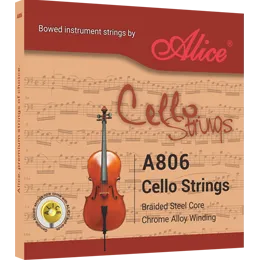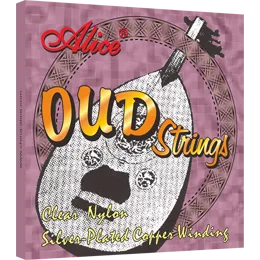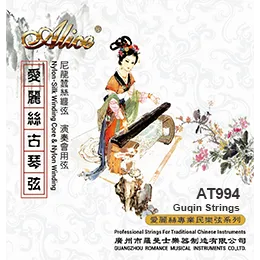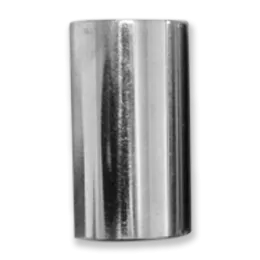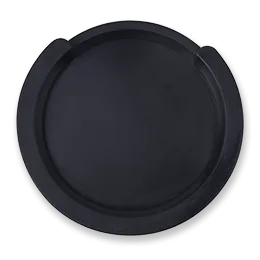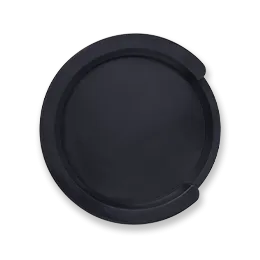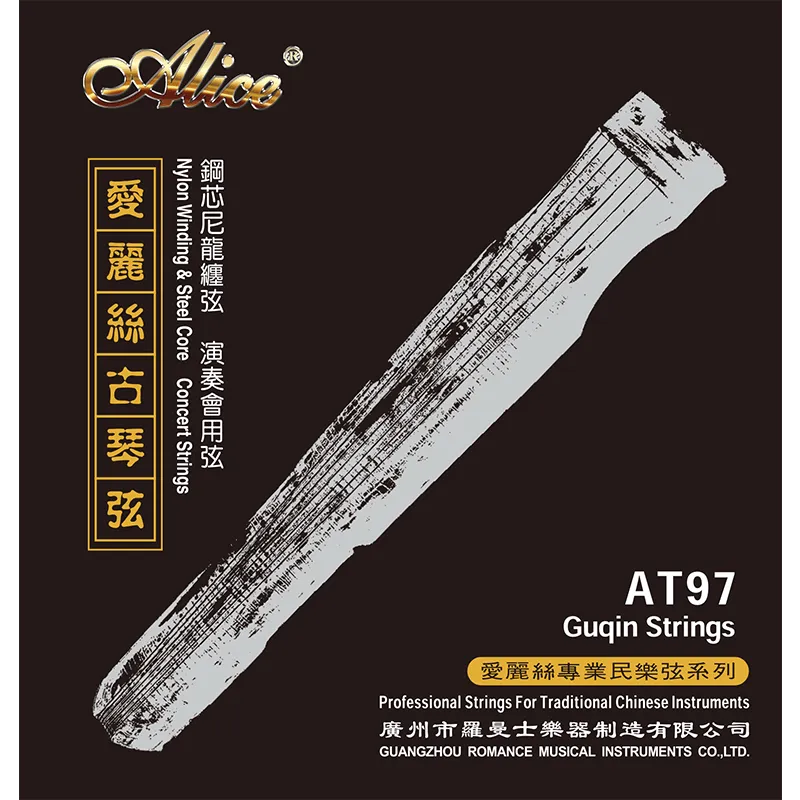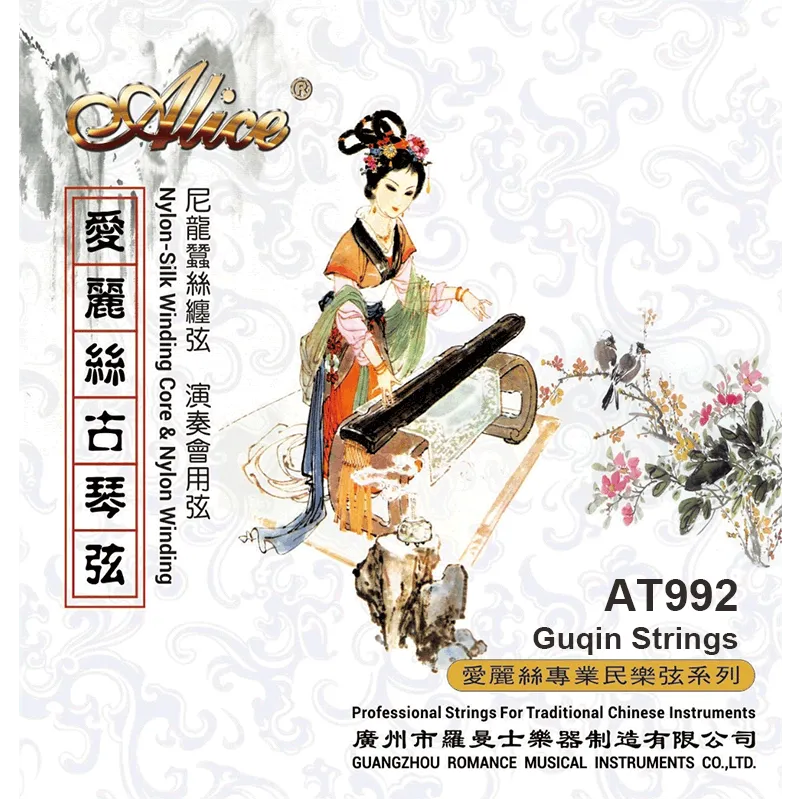What Are Guqin Strings Made Of?
The guqin , often called the "instrument of the sages," is a seven-stringed Chinese zither with a history of over 3,000 years. Played by scholars, poets, and emperors alike, the guqin holds a revered place in Chinese culture, not only as a musical instrument but also as a spiritual symbol of peace, contemplation, and refinement.
At the heart of the guqin’s unique voice lies one essential element: its strings. To the untrained eye, guqin strings may seem like simple cords stretched across wood. But in reality, they are complex, delicately crafted components that greatly influence the tone, resonance, tension, and even the historical authenticity of the instrument.
So, what are guqin strings made of? And how have they evolved over time? Let’s explore.
( Alice AT97 Guqin Strings )
1. Traditional Guqin Strings: Silk as the Original Voice
For centuries, silk strings were the standard for the guqin. Made from natural silk fibers, these strings reflect the aesthetic values of ancient Chinese scholars: soft, balanced, subtle, and profound.
Characteristics of Traditional Silk Strings:
Material: 100% natural silk (from silkworms)
Structure: Twisted core with additional silk winding for the lower strings
Tension: Low tension, producing a gentle, warm, and mellow tone
Sound quality: Soft, elegant, and meditative
Playing feel: Smooth under the fingers, but requires a delicate touch
Durability: Fragile, especially under humidity or frequent use
Silk strings produce the most traditional and authentic guqin sound. They’re favored by purists and historical performers who aim to preserve the ancient timbre and playing technique.
However, silk strings require regular maintenance, are sensitive to climate changes, and are prone to breaking—especially during tuning.
2. Modern Alternatives: Metal-Core and Nylon-Flat Strings
In the 20th century, with the rise of mass production and modernization, guqin players began experimenting with new materials. Silk, though beautiful, was too delicate and expensive for many modern musicians. This led to the development of metal-nylon hybrid strings, often referred to as modern strings.
Two Common Modern String Types:
A. Nylon-Wrapped Steel Strings (Metal-Core)
Structure: Steel core with nylon winding (for upper and lower strings)
Tone: Louder, brighter, and more stable than silk
Durability: High; can withstand long playing sessions and frequent tuning
Feel: Slightly firmer; requires some adaptation for traditional techniques
These strings are preferred by many contemporary players, especially in concert settings, as they project more sound and require less maintenance.
B. Nylon-Flat or Synthetic Strings
Structure: Fully synthetic, often mimicking silk tension
Tone: Warmer than steel-core, but not as subtle as true silk
Durability: More durable than silk, less than metal-core
Use: Suitable for students or performers seeking balance between tone and stability
These strings aim to strike a middle ground, offering a traditional feel with improved practicality.
3. Comparison Table: Silk vs. Modern Strings
Feature | Traditional Silk | Metal-Core (Nylon-Wound) | Synthetic/Nylon-Flat |
Tone | Warm, soft, nuanced | Loud, bright, consistent | Warm, somewhat modern |
Tension | Low | High | Medium |
Playability | Smooth, delicate | Strong, stable | Balanced |
Durability | Low | High | Medium |
Cost | High (handmade) | Moderate | Moderate |
Maintenance | High | Low | Medium |
Ideal for | Historical playing | Modern performances | Practice/General use |
( Alice AT992 GUQIN STRINGS )
4. How to Choose the Right Guqin Strings
Choosing guqin strings isn’t only about tone—it also depends on your playing level, setting, budget, and personal philosophy as a musician.
Beginners or Students:
Start with metal-core nylon strings. They're stable, easy to play, and don't break easily.
Intermediate Players:
Try synthetic/nylon-flat strings if you want a warmer tone without the fuss of silk.
Advanced or Traditional Players:
Consider investing in handmade silk strings for a historically authentic sound and playing experience.
Performers:
Go with metal-core strings for live shows or ensemble playing due to their projection and durability.
5. Caring for Your Guqin Strings
No matter which type of string you choose, proper care will extend their life and preserve your guqin’s voice:
Clean after playing: Use a soft cloth to wipe away sweat or rosin dust.
Avoid humidity: Especially important for silk strings—store your guqin in a dry, stable environment.
Tune slowly and carefully: Sudden tightening can snap silk strings or weaken winding in others.
Change strings periodically: Even the best strings degrade over time. If tone becomes dull or uneven, consider a replacement.
6. Final Thoughts: Strings as the Guqin's Soul
In guqin culture, every detail matters—from the wood and lacquer to the player’s breathing and finger movement. But it's the strings that truly bridge human emotion and physical sound.
Silk strings offer a connection to the ancient world—a fragile, whispering tone that recalls Taoist gardens and quiet mountains. Metal-core and synthetic strings, on the other hand, bring the guqin into the modern age—amplifying its voice without losing its spirit.
No matter which you choose, remember that guqin strings are not just tools—they are a reflection of your musical identity.
And when you're looking for reliable, beautifully crafted strings to bring out the true essence of your guqin, consider Alice Guqin Strings—combining traditional craftsmanship with modern innovation to help your music resonate through time.
Relate News
-
 Among the many string options available, three dominate discussions around traditional and acoustic instruments: silk strings, steel strings, and nylon strings. Each has unique characteristics, strengths, and limitations. But which one is truly best for your playing style, musical tradition, and personal preference?
Among the many string options available, three dominate discussions around traditional and acoustic instruments: silk strings, steel strings, and nylon strings. Each has unique characteristics, strengths, and limitations. But which one is truly best for your playing style, musical tradition, and personal preference? -

Complete Guide to Guitar String Materials
Choosing the right guitar strings is one of the most important decisions a guitarist can make—yet it's often overlooked. Beyond string gauge or brand, the material of the strings plays a crucial role in shaping the tone, feel, and even longevity of your instrument. Whether you play acoustic, electric, or classical guitar, understanding the different types of string materials can help you find the sound and feel that best matches your playing style. -

Orchestral Strings Explained: A Beginner-Friendly Guide to Violin, Viola, Cello, and Double Bass
Alice Strings is a trusted global brand offering a full range of high-quality strings for orchestral instruments, including violins, violas, cellos, and double basses. -
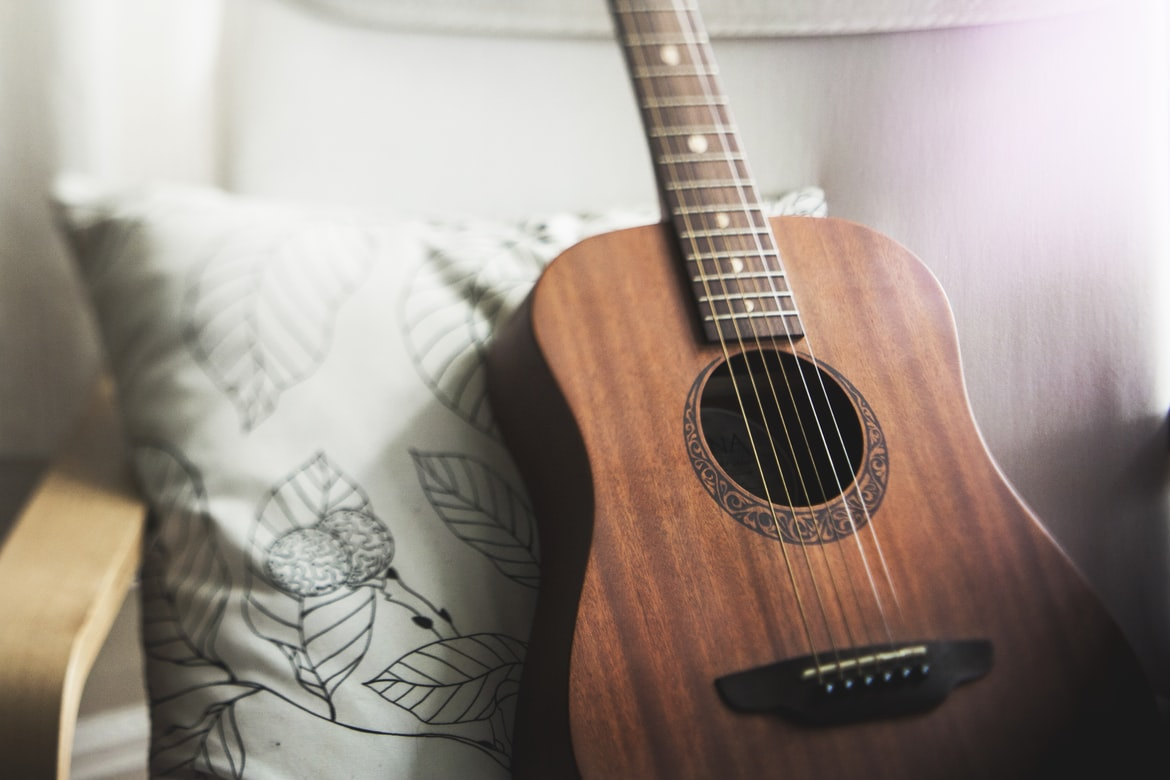
Tone Comparison of Brass Alloy, Phosphor Bronze, and Coated Guitar Strings
Alice Strings is a trusted global brand in the world of musical accessories, offering a wide range of acoustic guitar strings, including 80/20 bronze, phosphor bronze, and coated variants. -

How to Choose the Right Guitar Strings for Your Performance: A Scenario-Based Buying Guide
Alice Strings is a leading name in the world of musical accessories, offering a wide range of guitar strings tailored for every performance setting. Whether you're gearing up for a rock concert, playing unplugged in an acoustic café, or performing classical masterpieces on stage, Alice provides high-quality strings that deliver consistency, durability, and exceptional tone. -

OEM Guitar String Customization: A Detailed Guide to the Process
In today’s competitive musical instrument market, more brands and retailers are turning to OEM (Original Equipment Manufacturer) guitar strings to offer products under their own names. Whether you’re a startup music brand, a professional luthier, or a well-established music store chain, OEM customization allows you to tailor your guitar strings to meet the specific needs of your customers while building brand identity. -

Copper Alloy vs Phosphor Bronze: Which Acoustic Guitar Strings Suit You Best?
When it comes to acoustic guitar strings, the material used for the winding plays a critical role in shaping the tone, playability, and overall experience of the instrument. Among the most popular string materials in the market, copper alloy and phosphor bronze stand out for their distinct tonal characteristics and performance advantages. -
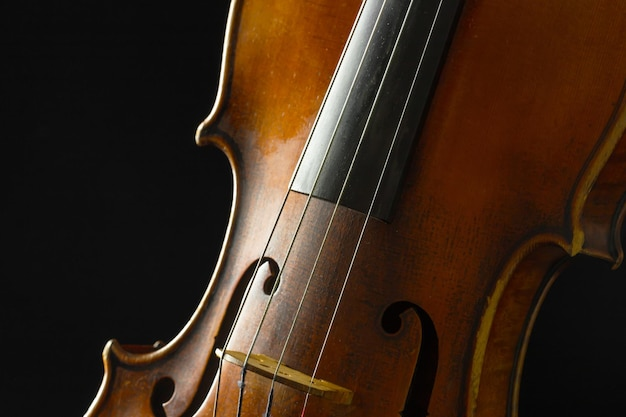
Cello Plucking: Can You Pluck a Cello with Your Fingers? How-To And Tips
-
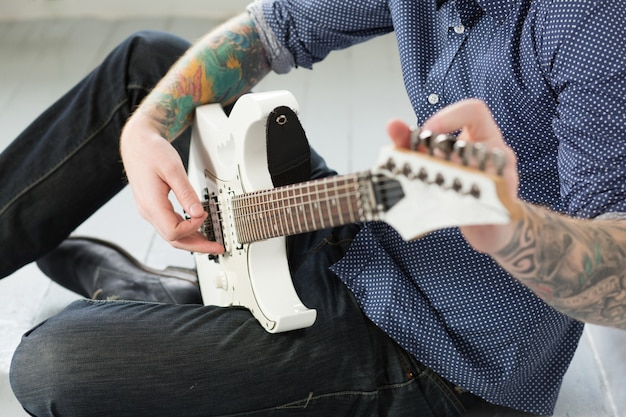
What to Do After Buying a Used Electric Guitar: Steps to Refresh It
-

How to Play Popular Songs With Ukulele - 101 Guides to Learn Ukulele Chords
-

Practice for Mastering Guitalele Strings: 15 Easy Guitalele Songs to Play
-

爱丽丝拨片的工艺之美


